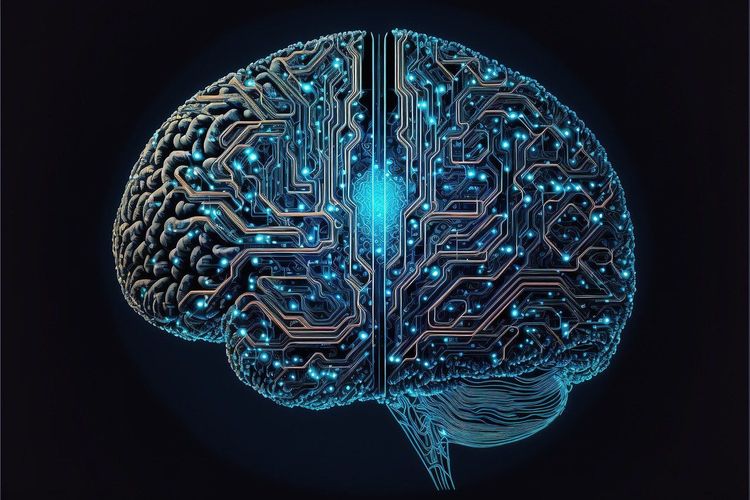Nvidia's Jensen Huang States AI Hallucinations Can Be Solved; Predicts Artificial General Intelligence in 5 Years
Most people like

Introducing an advanced AI tool designed for precise pre-match predictions and in-depth analysis in football. This innovative technology leverages data-driven insights to enhance your understanding of the game, ensuring you stay ahead of the competition.

Engage in exciting conversations and connect through video chat with customizable AI girlfriends. Experience the perfect blend of companionship and personalization as you create the ideal virtual partner tailored to your preferences. Whether you're seeking friendship or romance, our AI technology offers an interactive experience like no other. Discover the future of digital relationships today!

Ensure Content Authenticity with AI Technology
In today's digital age, verifying the authenticity of online content is more crucial than ever. With the rise of misinformation and deepfakes, utilizing AI technology to check content authenticity has become a reliable and efficient solution. This innovative approach not only helps individuals and businesses uphold their credibility but also fosters trust in online communication. Let's explore how leveraging AI can transform content verification and secure the integrity of information.

Unleash Your Creativity with the ChatGPT Image Generator! Explore endless possibilities and transform your ideas into stunning visuals using our powerful tool. Whether you're an artist, designer, or just someone with a passion for creativity, the ChatGPT Image Generator can bring your visions to life like never before!
Find AI tools in YBX



